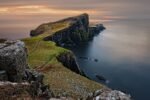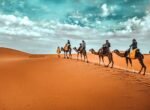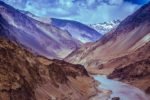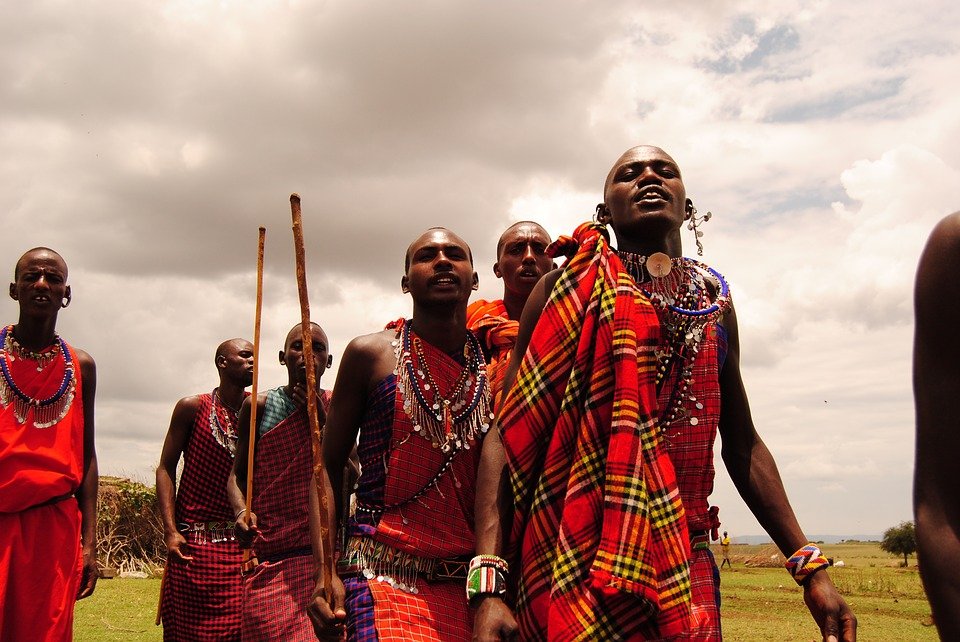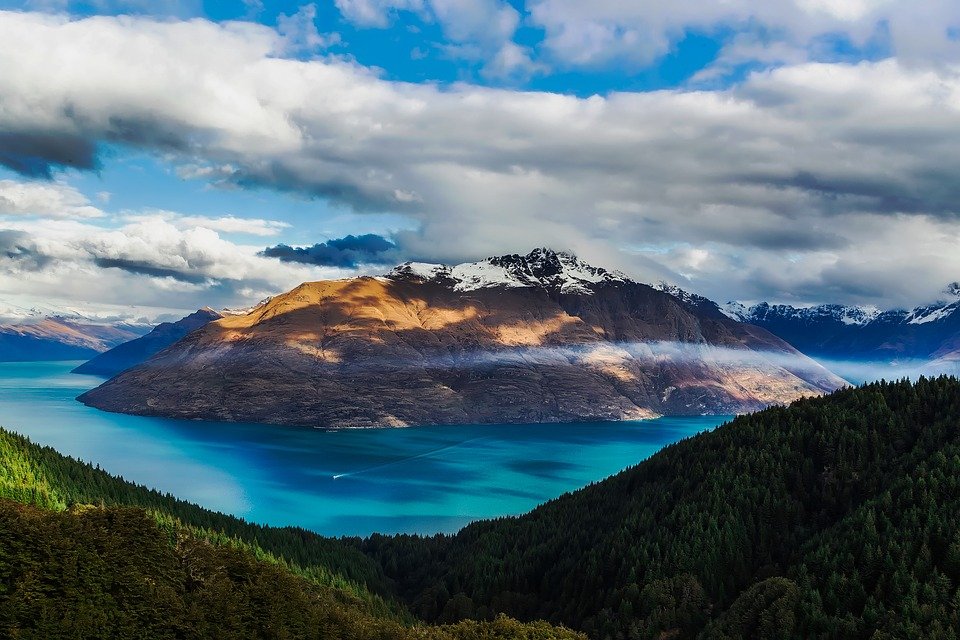The Earth is beautiful and there are so many spots of unparalleled beauty on it that a lifetime of travel is short to accomplish those visits. Hence, humans came up with a list of top 10 for many categories, so that ordinary mortals can atleast see the best. One such category that amazes me is “drive” and have driven through many awesome places on the planet. Yet, if I was to be asked today about which my favorite drive would be, I have no hesitation in saying that it has be to the “Great Ocean Road” drive in Australia.
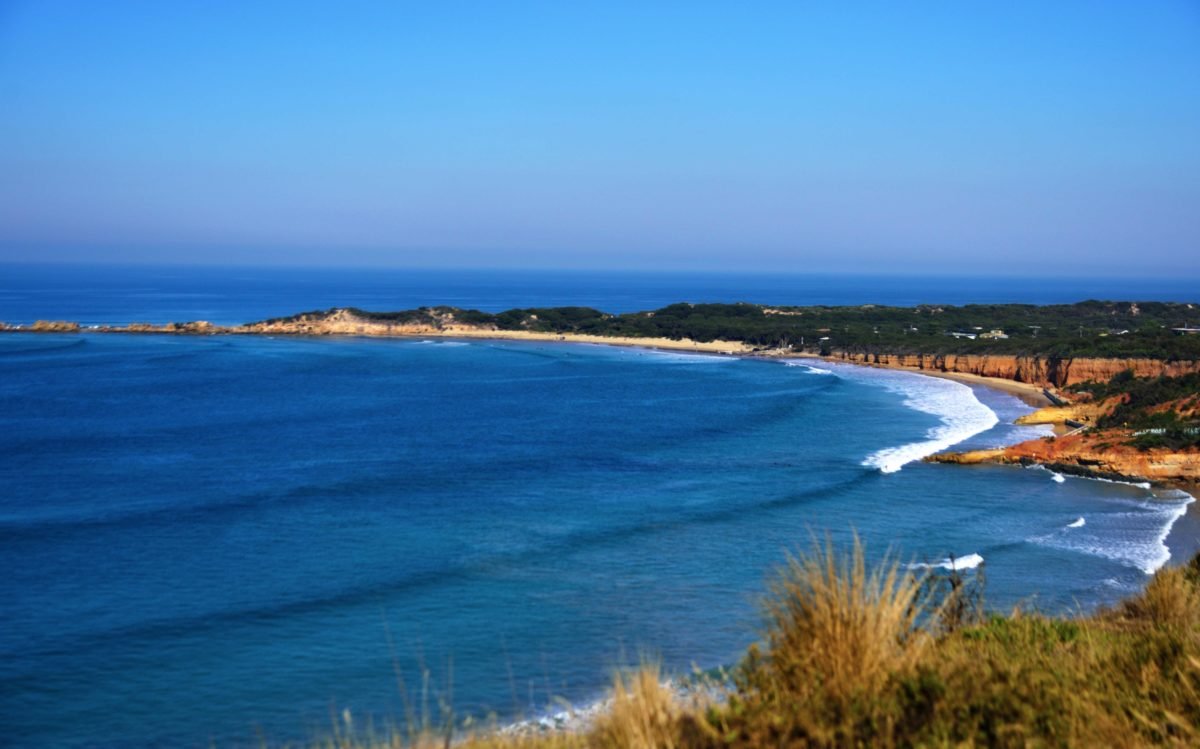
Great Ocean Road, in the Australian state of Victoria, hugs the Pacific Ocean for around 240 km. What I gathered is that it was built by returning soldiers of WWI, first as a fitting memorial for their fallen brothers, and then also to keep them occupied and in service. They did an excellent job, hemming in the winding terrain of limestone coast, drilling through rain forests, beaches, cliffs, sandstone and nature. We spent 3 days traversing the road in both directions and those 72 hours had been a continuous feast to the eyes. This blog is my tribute to this heaven on Earth.
Great Ocean Road drive was in our bucket list since long. As we researched to create our itinerary, we all were hooked onto every piece of article about the Great Ocean Road. Imagine 240 odd kilometers of winding road, no traffic – no rush, the ocean to your left with clear blue waters and high foaming waves, and the limestone caves, lush green rain forests and misty mountainous landscapes to your right. Heck, we even managed to get Indian food on stopovers during this drive. Look at some of the pictures below and decide yourself.
Port Campbell, Australia



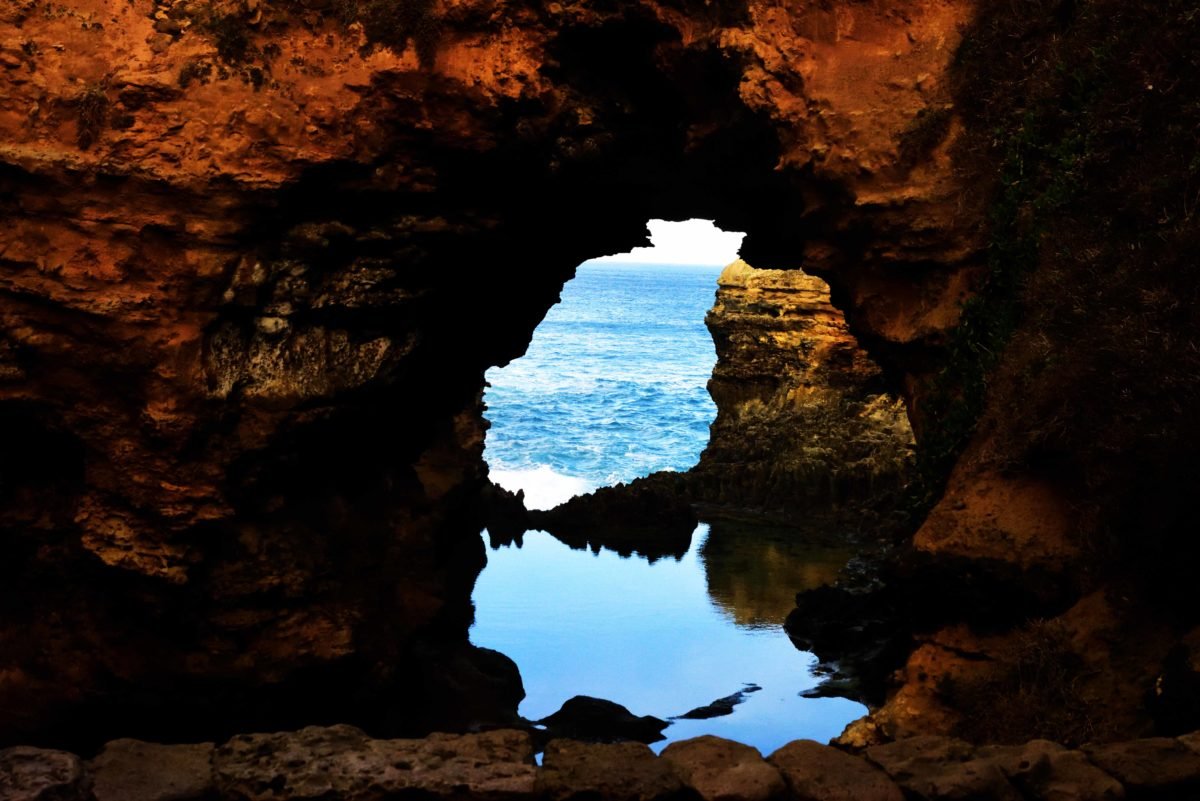

The Great Ocean Road starts from a place called Torquay – about 40km from Melbourne – and winds up in a town called Allansford. While the entire road is an awesome drive, the heart of this drive is between Lorne and Port Campbell (145kms). The in-between towns of Torquay, Anglesea, Aireys Inlet, Lorne, Kennett River, Apollo Bay, Cape Otway (a diversion from Great ocean road and Port Campbell are typical 1 street coastal towns with easy rentals, nice food, amazing wines, magnificent views and warm people.
For an immersive experience of the Great Ocean Road, we decided to drive down from Torquay and stay for the first night at Port Campbell, and then reverse drive and stay for another night at Apollo Bay. This ensured that we saw the vistas on both sides of the road while driving. We took natural diversions to many wonderful places on the road like the Twelve Apostles National Park, The Otway National Park (with an amazing lighthouse at the end of the road), Beech Forest and many more.

It was so picture postcard a place that my adrenaline overshot somewhere near 12 Apostles and I decided to get down to the shore and go to a corner of the beach where nobody went, and I thought I would get the best views of sunset from. There was a reason why no one went that far, and I was about to know why. I reached my chosen point, climbed a few of the stones to my perfect spot and started to aim the camera towards one of the Apostles. As I was about to click, a giant wave struck and all I could see was white foam with no sight of land or ground. I felt myself floating for a few seconds in the water, drifting towards the ocean. I somehow jumped, felt ground and ran back. Soaking wet, wiped my camera and phone dry, changed clothes in the car and drove for next 2 days on Great Ocean Road wearing bathroom slippers. Adrenaline got the best of Homa the next day and she also ended up traveling the Great Ocean Road in her back-up slippers for the remainder of our stay. Such is the temptation of Great Ocean Road. Go for it.

When to go to Great Ocean Road:
Ideal months for eastern Australia is Dec and Jan and the 12 Apostles can be visited throughout the year, but you are more likely to get dry and clear weather from January to March
How to plan Great Ocean Road Drive:
Fly into Avalon Airport (45km from Melbourne) and start your drive from there. You will reach Geelong in 20 mins from where signage for Great Ocean Road guides you all the way. Self-drive is highly recommended because you will feel like stopping at each lookout point. Buses and guided tours will have limitation on number of spots as well as time spent at each location.
Where to Stay:
We recommend that you stay in Apollo Bay, as well as Port Campbell. These towns have the largest options of stay and food, of all the towns on Great Ocean Road. Budget Youth Hostels (in Apollo Bay) and Boutique Motels (Port Campbell) abound. You will mostly find basic but comfortable accommodation. Book ahead of your travels. Accommodation is impossible to find during season time, if not booked in advance.

20 Places to see on Great Ocean Road – Scenic Lookouts
Torquay to Lorne
Bell’s beach – It’s a world renowned surf beach justat a short drive from Torquay. Bells Beach has been holding surfing competitions since 1961. Its fame is a result of the swells from the Southern Ocean which produce outstanding surf.
Angelsea – Located 10 min west of Torquay, Angelsea is about beach, bush and kangaroos. Anglesea is a recognised haven for its abundant flora, particularly rare orchids and native flowers during spring. You will find breathtaking coastal views from elevated memorial lookout. Access it via Harvey Street from Great oceans road
Aireys inlet – Aireys Inlet, a gorgeous coastal hamlet where the familiar curves of the Great Ocean Road and dramatic nature of the Great Otway National Park begins is located between Anglesea and Lorne. Many surfers holiday in Aireys Inlet to take advantage of the popular Fairhaven beach in the west. The landscape is dominated by the Split Point Lighthouse. Drive or walk up to Split Point lighthouse for ocean views over Eagle and Table rocks.
Lorne –A small town on the Great Ocean Road. You will find many cafes and eateries here for a well deserved break during your drive. From Yoga to Football to picnics, the beach side is quite lively. Our son played football here and just didn’t want to leave Lorne . Lorne is primarily famous for Teddy’s Lookout that has sweeping views over the St. George River and the coast. Access off the Great Ocean Road at the end of George Street, then take a short walk through the bush from the car park.
Lorne to Apollo Bay
Mt Defiance- The Great Ocean Road here hugs the cliffs and provides a magnificent balance for the sweep of the ocean. Stop for panoramic ocean views toward Artillery Rocks. Location is between Lorne and Wye River.
Cape Patton Lookout – Between Lorne and Apollo bay, this is one of the highest lookouts along the road Enjoy spectacular views of the coastline to the west to Apollo Bay.
Marriners – Marriners Lookout has spectacular expansive views overlooking Apollo Bay, Marengo and east to Cape Patton on the Great Ocean Road, Australia
Apollo Bay to Warrnambool
Cape Otway Lightstation – Australia’s most important lighthouse. The light established in 1848 is perched on towering sea cliffs 90 metres above where Bass Straight and the Southern Ocean collide. It is 30 minutes drive from Apollo Bay on The Great Ocean Road along the way to the Twelve Apostles. Turn left onto Otway Lighthouse Road (clearly signed); it is 11km of unsealed road to the light station. In the season from July onwards , you can see whales from the lighthouse
The Gable – This easy return walk travels through a Casuarina grove to a spectacular lookout over the ocean and the reefs around Moonlight Head. This is one of the highest sea cliffs on mainland Australia. Keep a close eye out for seabirds, or whales from June to September.
Port Campbell National Park – Port Campbell National Park hosts the most popular sights including 12 Apostles, Gibson’s steps, London bridge, Loch Ard Gorge, Broken head, Razorback, The Grotto, London Bridge, Thunder Cave, Sherbrook river etc. Must stay in Port Campbell to be able to see most of the sights within a short distance.
Warrnambool – Largest town that marks marks the western end of the Great Ocean Road. Great place for whale watching. Almost every year between June and September, female Southern Right whales return to the waters of Warrnambool’s Logans Beach to calve. They often swim within a hundred metres of the shore. You can view the same from a specially constructed platform in the sand dunes or from the beach
Do’s and Don’ts while on Great Ocean Road:
- For self-drive, we recommend that you hire a car from Avalon Airport itself. Basis your flight schedule, you have the option of returning the car at Avalon itself, or Melbourne Airport as well.
- Spend atleast 2 days, if not more, exploring the Great Ocean Road. Don’t rush it in a day. Days are short, and darkness reduces your “see time”.
- If you are taking diversions (for example, wandering into the Otway National Park), don’t blindly trust Google, but look for signages and the proper roads around. Don’t blindly start driving down any dirt trail that Google shows.
- If possible, stay near the major attractions. For example, staying at Port Campbell gives you the opportunity of witnessing spectacular sunsets and sunrises with just a 5 min drive.
- If you have the time, do hike a few of the trails which hug the coastline. For example, there is the Port Campbell to 12 Apostles Discovery trail which is 2.2 miles and is spectacular, and gentle on the body.


